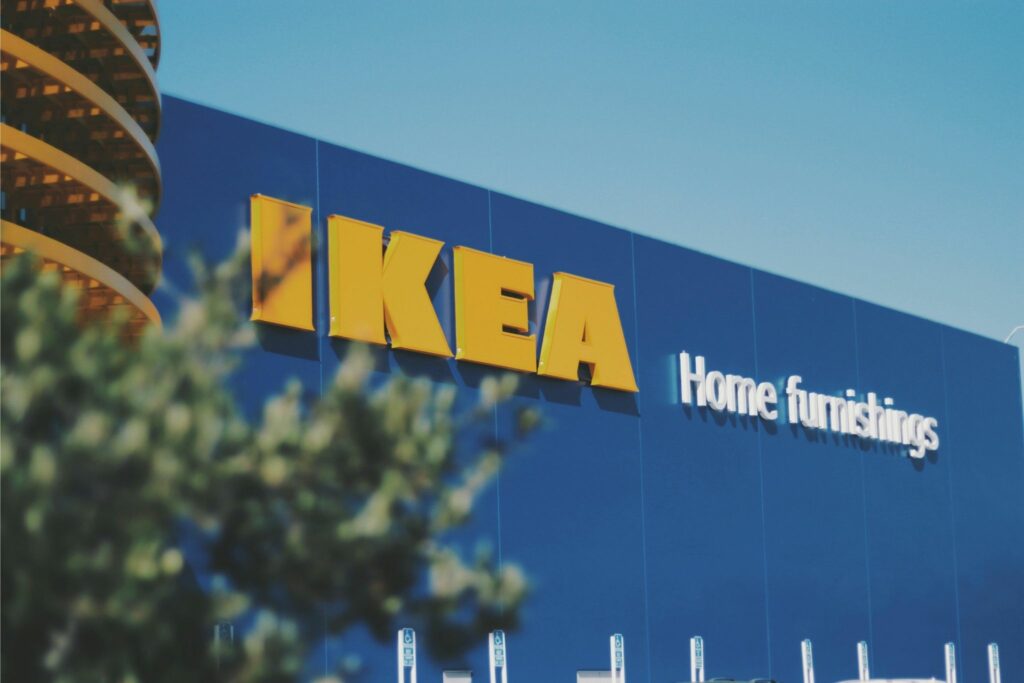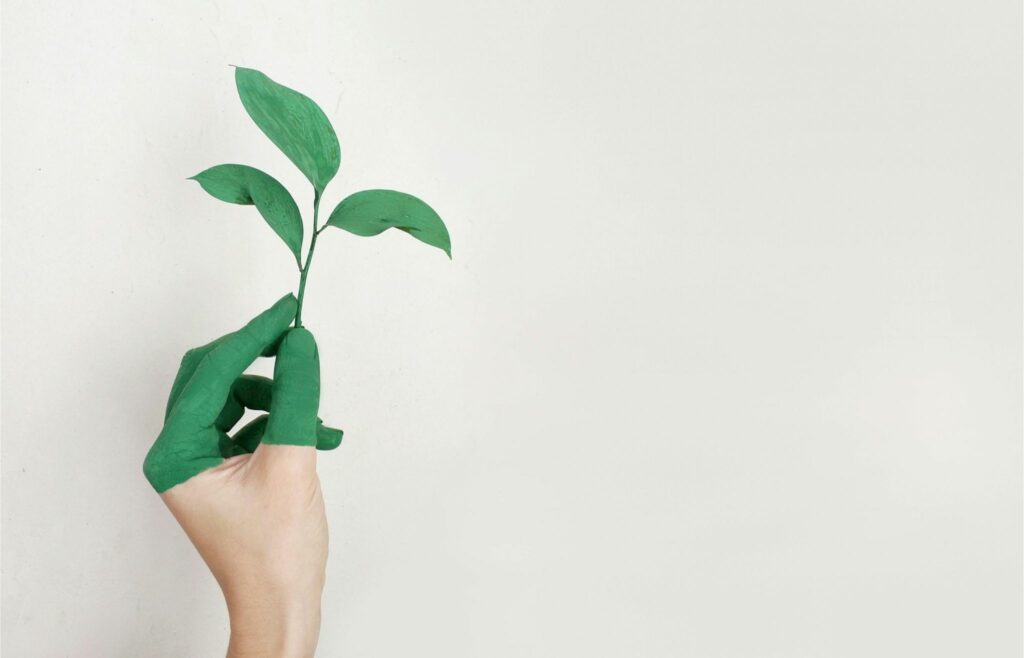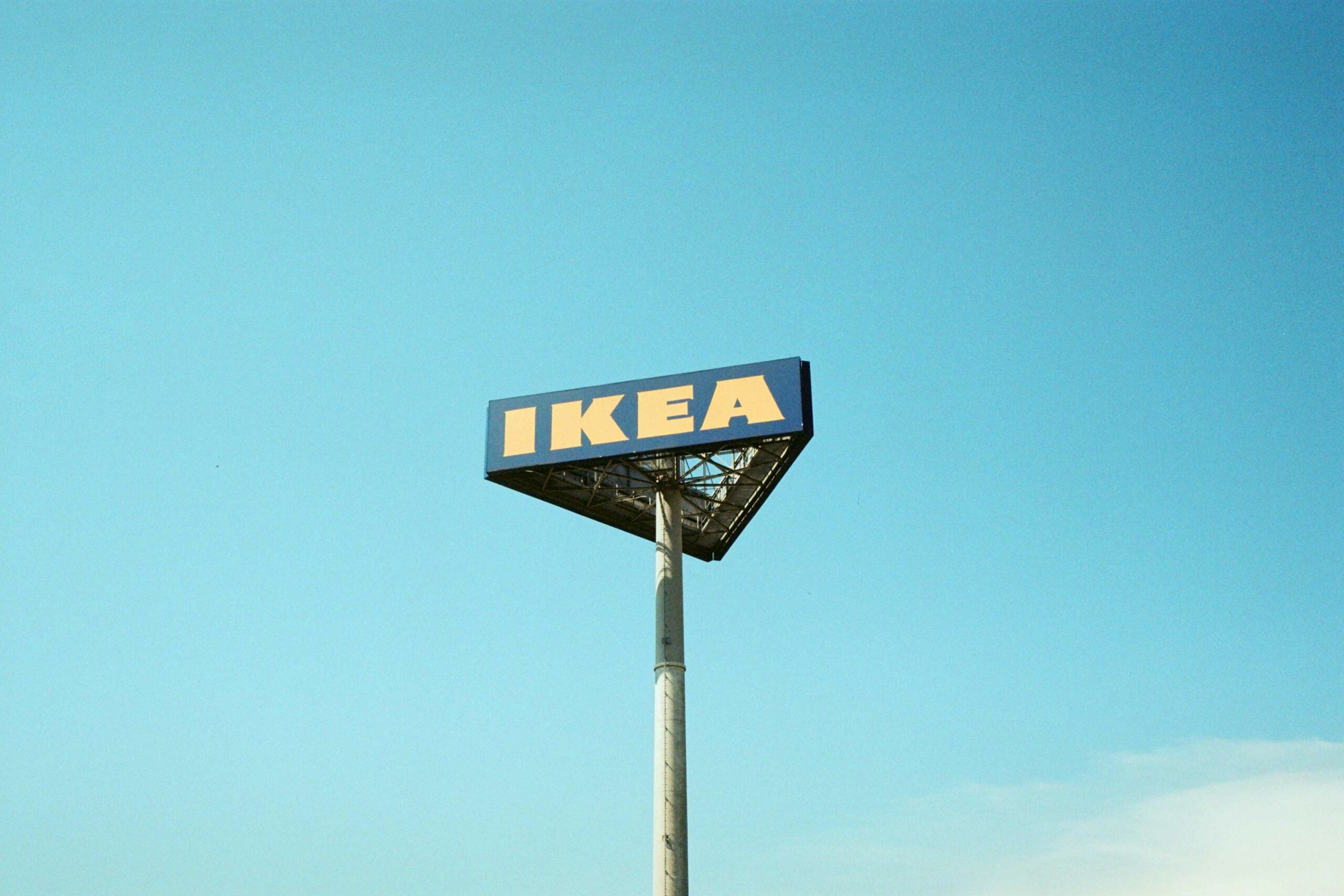At Ingka Group, the biggest retail franchise of Ikea, with 379 locations worldwide, Karen Pflug serves as Chief Sustainability Officer. She was appointed in 2021, and part of her role is to assist the organization in making the shift to a circular business model by the end of this decade, all the while proving that sustainable living is feasible and affordable for everyone.
She talks with Forbes about the organization’s overarching goal to incorporate sustainability into every facet of its operations, which includes engaging with legislators and local governments as well as educating consumers and implementing circularity into store design.
Making a circular transition with specific actions
Ikea and Ingka Group have a very specific goal in mind: from a design and development and services standpoint, the transition from a linear to a circular business. An aspiration that many would initially write off as unrealistic coming from one of the world’s largest wood consumers.
However, in actuality, the company has been taking very substantial steps in the last few years, and these are picking up speed because of its objectives, which include cutting greenhouse gas emissions from its value chain by at least 90% by 2050 and at least 50% by 2030 relative to 2016. It wants to achieve net zero last-mile delivery services by 2025 and complete circularity by 2030.
How precisely is Ikea pursuing these objectives?
From a design and production point of view, the company is examining how it sources energy and materials, making sure that every product is made using renewable or recycled materials and that they are simple to recycle, reuse, or repair. The company’s website and annual report include numerous specific examples, like the adoption of a new bio-based glue that will enable a 30% reduction in glue’s carbon footprint by 2030. Ikea’s material usage accounts for the majority of its CO2 emissions, making it a crucial source for evaluation and advancement.
Ingka Group’s commitment to sustainability: Circular practices and global consumer insights
By means of its retail activities, Ingka Group is also implementing circular practices and enabling customers to follow suit. It works with GlobeScan to conduct a global survey every two years called the People & Planet Consumer Insights & Trends study, which aims to gather more information about people’s attitudes, behaviors, and thoughts regarding other people and the environment. One of the conclusions drawn from this study is that customers anticipate corporate sustainability initiatives.
This is consistent with the goal of Ingka Group, which is to collaborate with governments and localities to advance policies and programs that help address some of the obstacles to sustainable living.

Over a million mattresses were taken back from landfills in the Netherlands by the retailer in collaboration with suppliers and local authorities. The mattresses were disassembled and some of its pieces were reused. “As businesses, we must continue to address emissions across our operations and empower our customers to do the same, while advocating for global legislation and incentives to increase climate action,” says Pflug.
Proper communication can help great value become sustainable
Ikea still has work to do to alter consumer attitudes and behavior around inexpensive goods and the idea that Ikea is a supplier of throwaway, low-cost goods. Increasing accessibility to common goods without compromising the environment is Ikea’s entire slogan. “We have to dispel the misconception that sustainability and high value are mutually exclusive,” Pflug argues.
High-end, pricey furniture does not always correlate to sustainable living. Ikea is making its items endure longer in an effort to become a circular business by 2030. In addition to being made to be durable, these products are also made to be readily disassembled, allowing customers to move their furniture with them.

Given that 36% of consumers say they would act more if given more information and guidance on what to do, stores play a significant role in the goal of educating and altering consumer attitudes. Pflug acknowledges: “We need to use stores to better tell our stories and get our messaging in front of shoppers.”
As previously said, there are a lot of stories about how Ikea and the Ingka Group are implementing practical measures to integrate sustainability into their daily operations. It is becoming increasingly popular in retail settings: 300 sites have circular and sustainable living shops where customers can acquire pre-owned furniture and goods to help them live more sustainably. Ikea’s repurchase and resale program is growing in popularity; in 2022, 105,000 consumers used it to give 230,000 products a second chance, a 50% increase from the previous year.
In closing
Along with Ikea, one of the biggest retailers in the world, Ingka Group is owning up to its carbon footprints and hastening the shift to a more socially and environmentally responsible company. Retailers are increasingly expected to educate their customers by offering advice, resources, and goods that reduce food waste and enable energy savings. This is especially true as they work to prove to customers that sustainable living is within their means.
While it’s no easy effort, it appears that Ikea is fervently working to provide customers with solutions and goods that enable them to live more sustainably and save money. The ideal situation, according to Karen Pflug, is that sustainability should be so well integrated into the business that they would no longer need this role.
(Tashia Bernardus)
